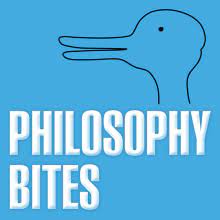
In this episode of “The History of Rome” podcast, the focus is on courtroom sketches and their relevance in today’s age of instant photography and video. The episode explores the unique perspective that sketch artists provide, their ability to capture emotion, and the tension between transparency and integrity in the courts. It also delves into the historical context of courtroom art and the impact of cameras in courtrooms. The episode concludes with a discussion on recent developments in camera access and the future of courtroom transparency.
Courtroom sketches have the unique ability to capture a moment and convey emotion in a way that photography cannot. Artists like Mona Schaefer Edwards have documented many high-profile cases, allowing people to watch history unfold and see justice being done. Despite the availability of cameras, courtroom artists are still in demand for their ability to provide a different perspective on trials.
The tension between transparency and integrity in the courts is exemplified by the 1935 trial of Bruno Richard Hauptmann. The presence of photographers, newsreels, and other journalists during the trial created a carnival-like atmosphere, leading to criticism from those in the judicial system. The American Bar Association condemned the use of photography and recording technology in the courtroom, highlighting the ongoing debate about the role of cameras in courtrooms.
The OJ Simpson trial brought attention to the value of courtroom artists despite the presence of cameras. The trial created a circus-like atmosphere, leading judges across the nation to ban recording technology from their courtrooms. This ban resulted in a surge in demand for courtroom artists. However, COVID-19 restrictions have led to the live-streaming of trials, breaking with historical precedent.
The Minnesota Supreme Court has ruled to expand camera access in state criminal trials starting in 2024. Additionally, a bipartisan bill has been introduced to bring cameras into the Supreme Court for the first time. The COVID-19 pandemic has also allowed for the live audio streaming of oral arguments. The ongoing debates about camera access in courtrooms revolve around the potential benefits of increased oversight and educational resources, as well as concerns about disruption and loss of dignity.
Courtroom sketches continue to play a significant role in capturing the essence of trials and providing a unique perspective. While the presence of cameras in courtrooms has been a subject of debate, recent developments have expanded camera access in certain cases. The future of courtroom transparency will likely involve a balance between the benefits of increased oversight and the preservation of the courtroom’s integrity and dignity.